With both a city and an island bearing the name, Cebu is a worthwhile holiday destination in the Philippines – one that’s relatively affordable and always beautiful.
With so many islands scattered across the Philippines archipelago, visitors are faced with a very pleasant dilemma in choosing an island on which to holiday. There are just so many, the problem lies in narrowing the choice down from the multitude of opportunities. Easy access is one of the criteria, but there are numerous domestic flights from the gateway international airport of Manila to many parts of the country.
Cebu (not to be confused with the similar-sounding Sibu in Sarawak) is one of the better-known destinations in the country and one worth considering for your next island holiday. Cebu is the Philippines second-largest city, with some three million residents – although its sprawling size is not its most endearing feature. In fact, Cebu is both a city and an island; the elongated island is situated between the islands of Negros and Bohol, and Cebu City is located on the island’s eastern fringe, 570 km southeast of Manila.
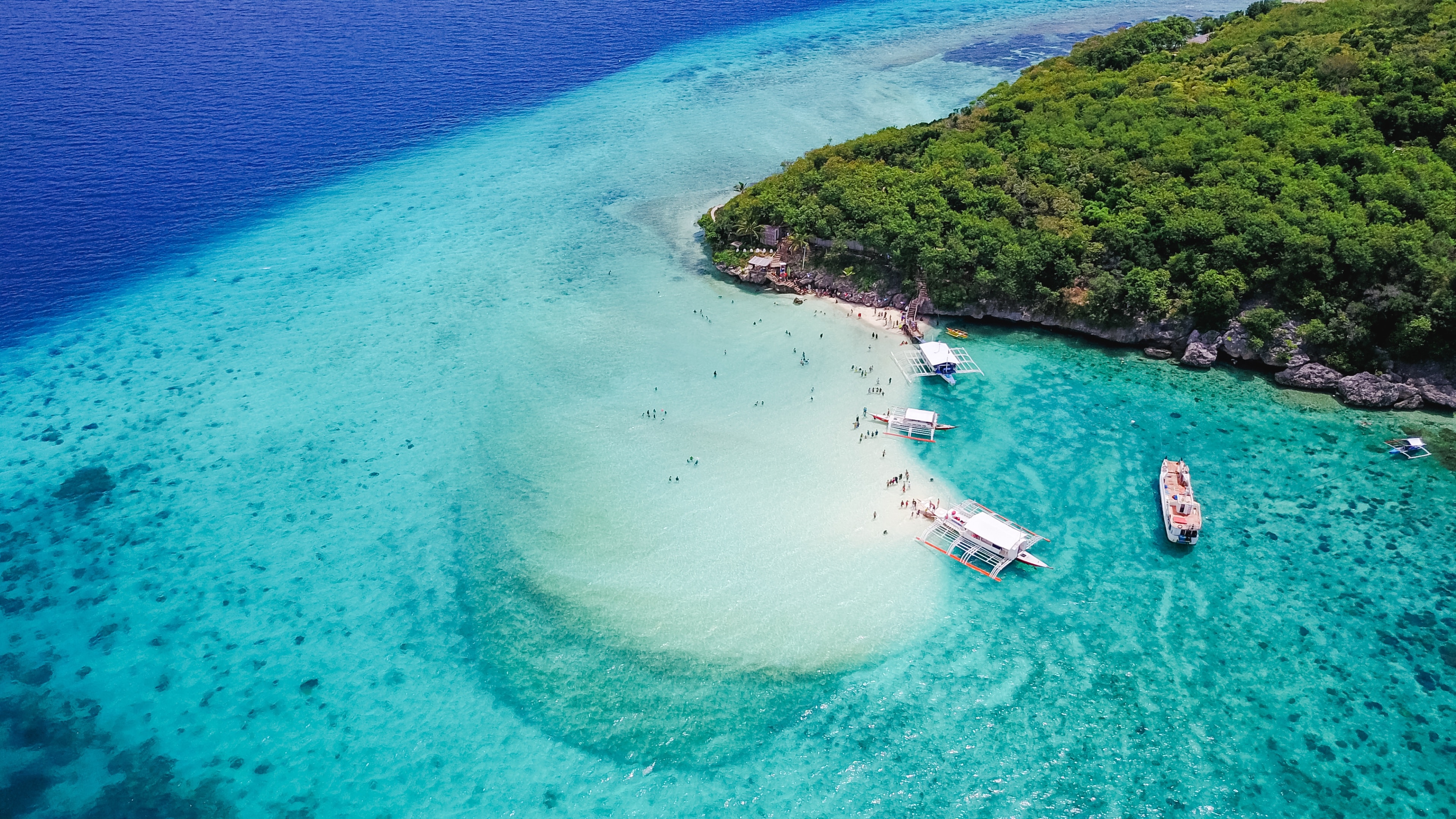
The island also adjoins another called Mactan where the Mactan-Cebu International Airport is located and where several smart resorts are positioned along its expansive beaches. These islands are located in the province of Visayas and they are important in global history, as I discovered on my last visit.
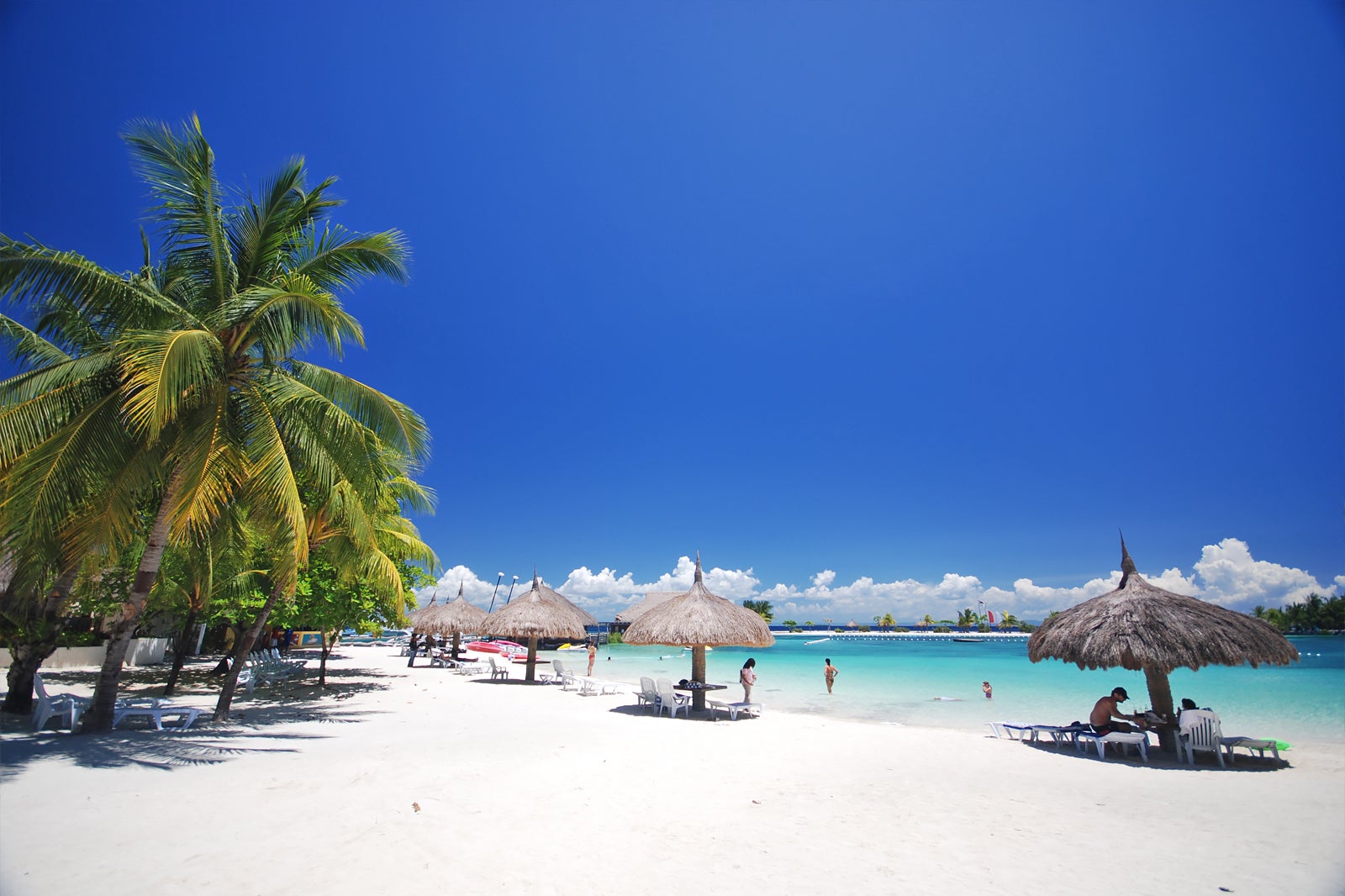
THE BACK STORY
Having done some research before jetting off to Cebu, I was in awe shortly after touching down at the airport. In 2022, the world marked the 500th anniversary of the return to Spain of the first mariners to circumnavigate the globe – and the beaches of the Philippines figure in to the story.
In September 1519, Portuguese mariner Ferdinand Magellan set off from Spain with five vessels to attempt a westward route through to India. Interestingly, Magellan was sponsored by King Charles I of Spain because he could not enlist the support of the Portuguese king with whom he had had a falling out. These must have been interesting times, as European powers were all attempting to outdo each other in exploring the globe with the aim of establishing colonial outposts and exploiting the resources they encountered and ultimately claimed.
While gold, silver, diamonds, rubies, and other gemstones were high on the ‘must-have’ list, Europeans in the 16th century had much simpler tastes. Salt was valuable then because it provided much needed basic elements to European diets. As Bill Bryson writes in At Home – A Short History of Private Life, “… getting salt into the diet is one of the most profound urges in nature and it is a universal one. Every society in the world in which salt is freely available consumes, on average, 40 times the amount needed to sustain life. We just can’t get enough of the stuff.”
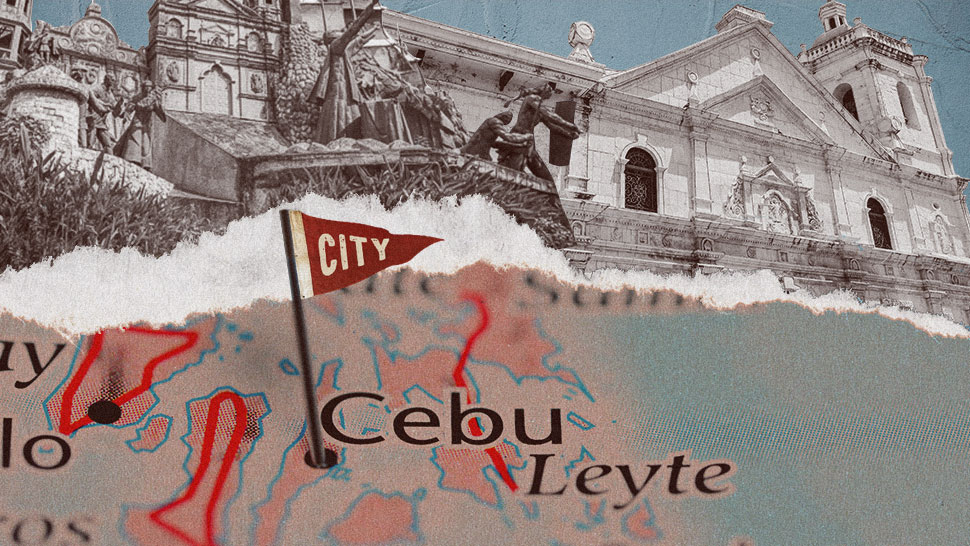
But what has this got to do with you enjoying the beaches of Cebu? Well, while you add another lathering of sunblock, give some thought to poor old Ferdinand Magellan who was killed just a few kilometres from you’re baking in the sun. How did this come about, you might ask?
Magellan set sail on a westward trajectory as opposed to the eastern one favoured by most mariners. Bear in mind, sailors in those days really had little idea of where they were heading; it was a journey into the unknown, despite Christopher Columbus being the first recorded European to make contact with what became known as America. Remind yourself that Columbus was seeking a way through to India when he ended up in the Caribbean – explaining why that area is also known as the West Indies.
But why India? It would appear that European palates had grown tired of salt alone. They literally needed a little extra spice in their life, and pepper from India initially drove European taste buds into an excitable frenzy as did the discovery of nutmeg/mace a little later. Bryson notes: “Nobody would die without spices, but plenty have died for them.” Exploratory missions were cobbled together and mariners were sent to the East in search of exotic spices, hence Magellan’s foray into the relative unknown. (Magellan had been involved with earlier missions to India and Melaka, so he was aware of the importance of spices.)
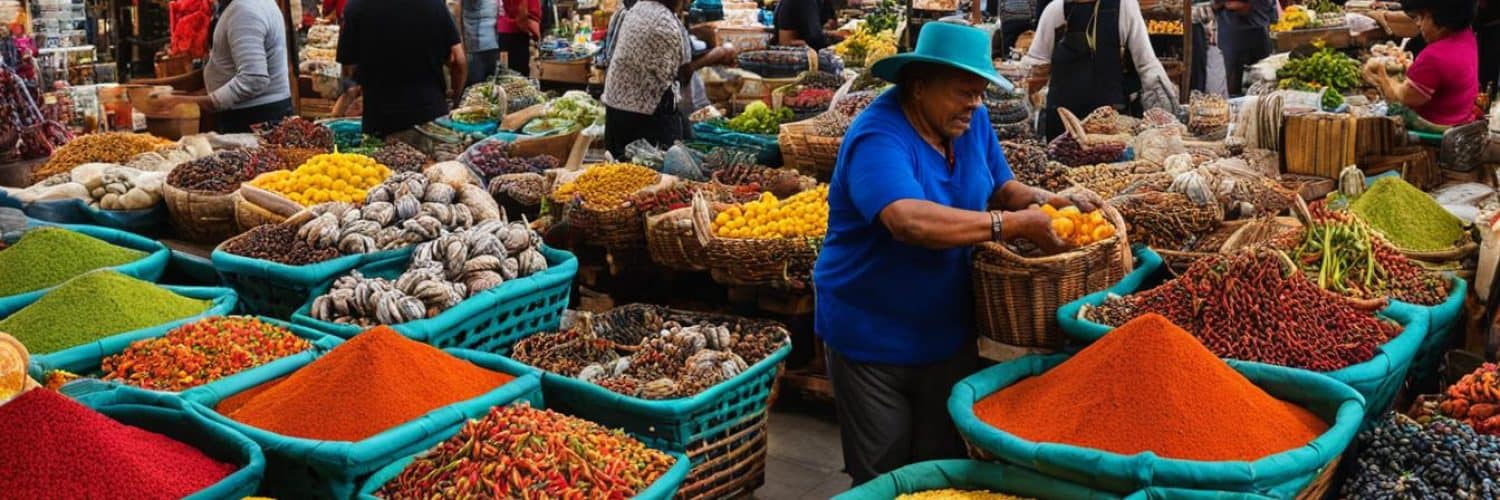
Being counter-cyclical (Portugal also ‘controlled’ the eastern route around the southern tip of Africa), Magellan set his Spanish fleet of five vessels on a westward journey towards what we now know is South America… but he really had little idea of what to expect. By November 1520, they discovered a passage around the southern tip of the continent which Magellan immodestly named the Strait of Magellan, and into the Pacific Ocean.
What was expected to be a short journey of a few days across the Pacific turned out taking three months, with a depleted fleet landing in the Philippines on March 16, 1521. In addition to identifying bountiful treasures, converting the locals to Christianity was also on the agenda. (Interestingly, the Philippines and Timor Leste are the only two predominantly Christian nations in Asia, so Magellan’s efforts, it would appear, were not in vain.)
The natives were mostly amenable to the Christian word, according to Magellan, but those on the island of Mactan were not kindly disposed to the new gospel. A skirmish eventuated and Magellan and several of his crew were killed by the local chief, Lapu Lapu. The quincentenary was recently celebrated in the Philippines as an act of indigenous resistance rather than of European discovery.
The remaining sailors regrouped and headed to the Moluccas (Spice Islands) in November 1521. Here they loaded one vessel with spices and set sail back to Spain, arriving in September 1522, thus completing the first circumnavigation of the globe.

For his deeds, Lapu Lapu became the nation’s first hero for his efforts in repelling a foreign aggressor, the first of many in the country’s history. Ironically, there are monuments to both Magellan and Lapu Lapu in the same location on Mactan Island.
TOURIST INVASION
Over the past few decades, the islands have seen a new and different sort of invasion. Tourists armed with cameras and cash-laden wallets have discovered Cebu. My most recent trip involved a 50-minute flight on Philippine Airlines from Manila (Philippine Airlines also provides connecting flights from Kuala Lumpur.)
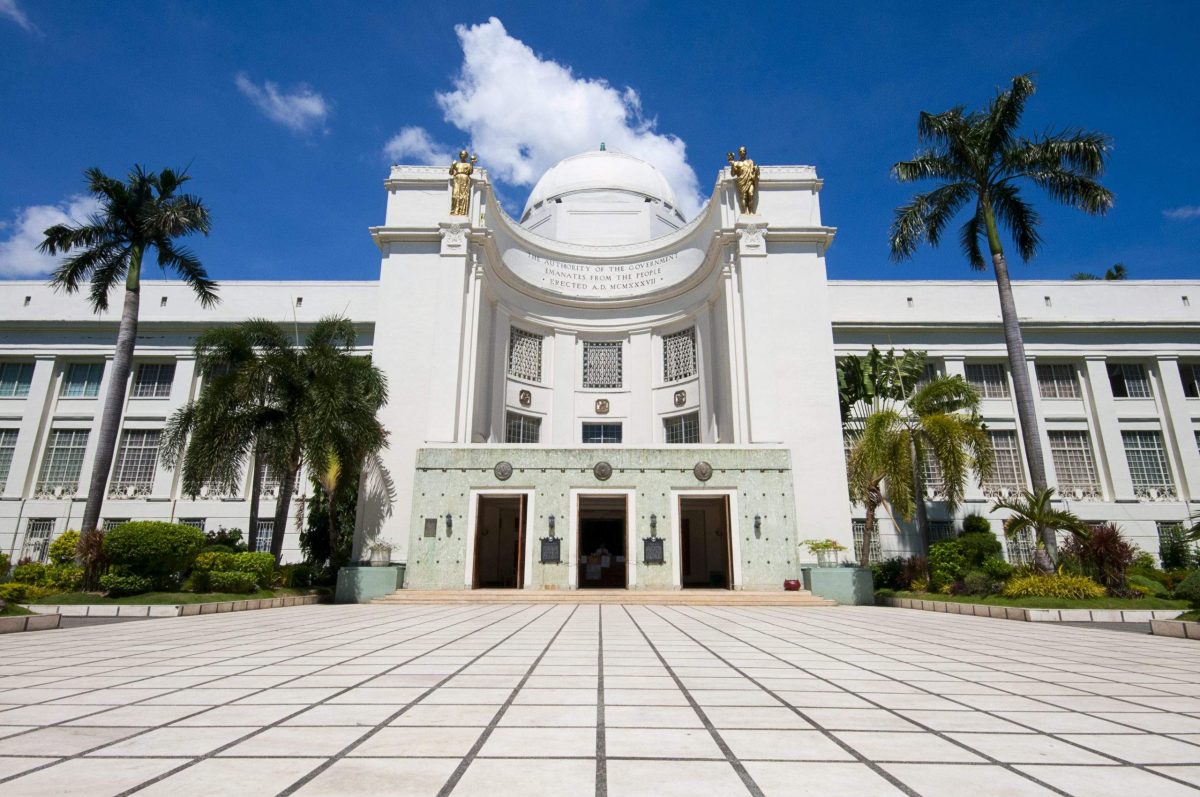
While Cebu may be a relatively unknown destination for some Malaysians, mention the name to Filipinos and they instantly think of holidays. The skies over Cebu are frequently blessed with radiant sunshine, and this is perhaps one of the destination’s greatest attributes. For sun-lovers and those who love lounging around a resort pool, there are numerous resorts along the eastern side of Mactan Island facing the Cebu Strait. The quietest part of the island is the Punta Engano peninsula to the northeast.
Resorts offer all the watersports that international tourists have come to expect – be prepared for parasailors to hover overhead, jet skis and water skiers to skim the water, and for some family fun rides on banana boats.
Alcohol is keenly priced in the Philippines, so those who appreciate happy hours and plenty of drinks won’t be disappointed. The local beer is San Miguel, although there are a variety of other local brews, as well as some more familiar international brands.

SIGHTS AND SCENES
From the elevated view of most hotel balconies on Mactan Island, the shallow waters and fringing reefs which surround parts of the island are clearly visible, and the closest diving reef is virtually at your doorstep. However, the best diving is nearby at Olango Island and Moalboal. Others travel to Oslob to admire the whale sharks and for the opportunity to snorkel alongside these amazing creatures. This is usually done as a day trip with a pre-dawn pick-up and a visit to Tumalog Falls on the way.
Cebu is home to the Filipino guitar industry, and visiting factories such as Alegre Guitar Factory where they are made could be a highlight of a Mactan Island tour for those in the market for a guitar.
A visit to Cebu would be incomplete without returning home with bags of dried mangoes. The Philippines has pretty effectively cornered the dried mango market, and bags of them are available everywhere in Cebu, including directly from the processing outlets. Alternatively, head to Taboan Public Market for dried mangoes. They also do a good line in dried fish here, too, should you want to stock up on sun-dried anchovies. The other market is the 100-year-old Carbon Market, while there are several modern and more typical malls, such as SM City Cebu, Alaya Center, Gaisano Grand Mall, and Robinsons Galleria Cebu.
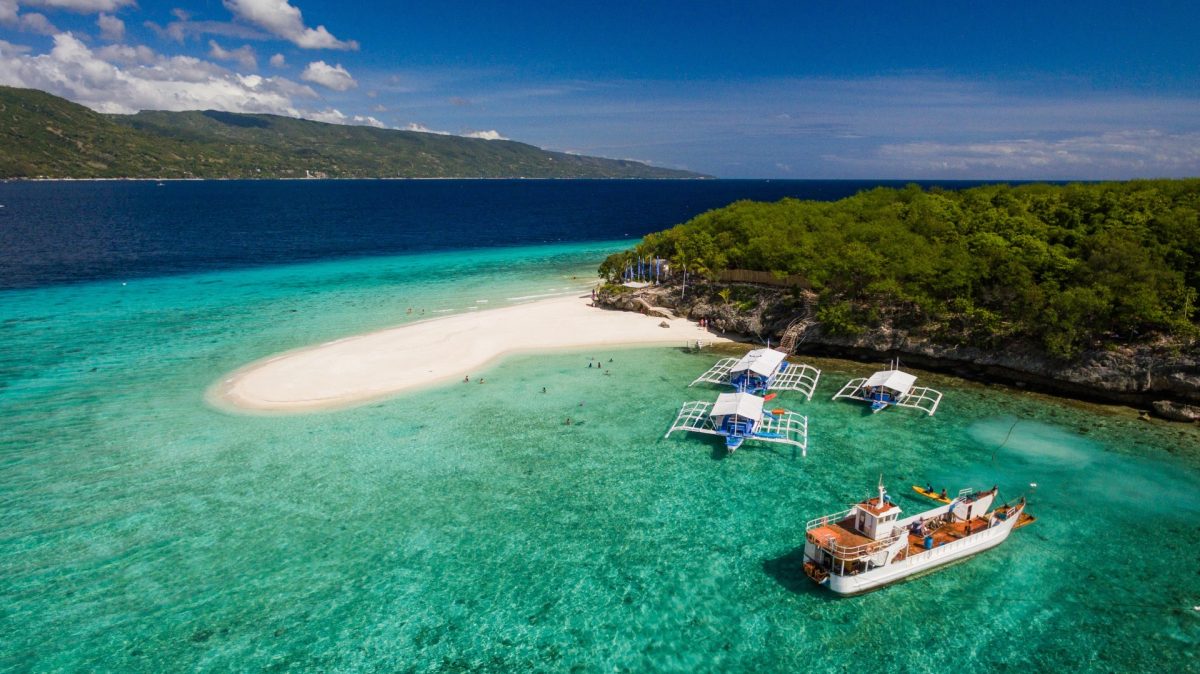
On the mainland, there are several tourist attractions like Basilica Minore del Santo Niño in downtown Cebu. Here, religious devotees flock to the church to pay homage to one of the Philippines’ most revered religious icons.
Adjoining the cathedral is Magellan’s Cross where on-site dancers will perform special prayers for those who purchase candles from them. For something different, drive up to the exclusive Beverly Hills Taoist Temple built in 1972 to appreciate its ornate and colourful architecture and manicured gardens, as well as the panoramic views over Cebu below.
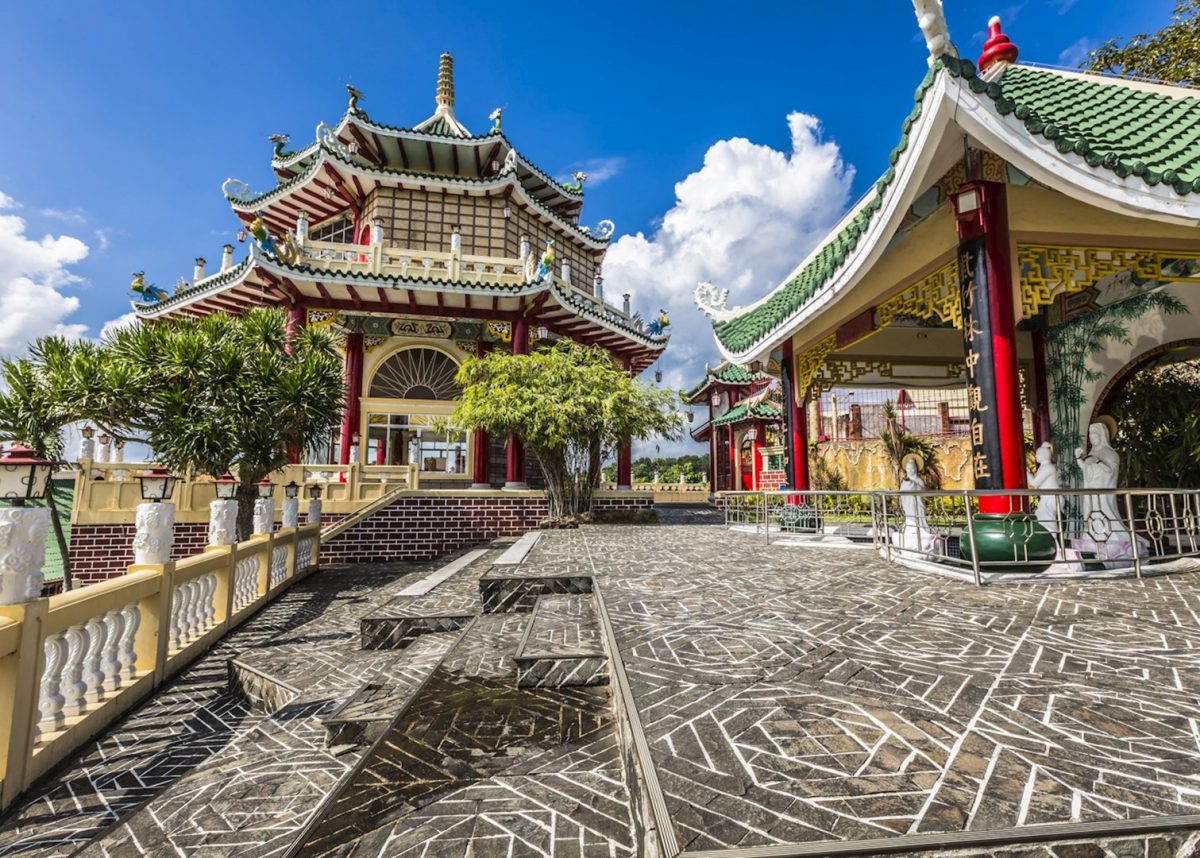
The flowerbeds of Sirao Flower Garden are just as impressive, but more reflective of Holland than the tropics. It is known as ‘Little Amsterdam’ for its windmill, although the flowers are celosia rather than tulips.
Golfers have the choice of three courses at which to play a round in Cebu, including Alta Vista Golf and Country Club, Cebu Country Club, and Mactan Island Golf Club. Alta Vista is a 90-minute drive from Cebu, Cebu Country Club is 30 minutes from Mactan, and Mactan Island Golf Club adjoins the airport.
Resorts on Mactan to consider include Dusit Thani Mactan Cebu Resort, Shangri-La Mactan Resort and Spa Cebu, Chateau by the Sea, and Plantation Bay Resort and Spa. In Cebu City, choose to stay in hotels such as Quest Hotel and Conference Centre, Radisson Blu Cebu, and Marco Polo Plaza Cebu.
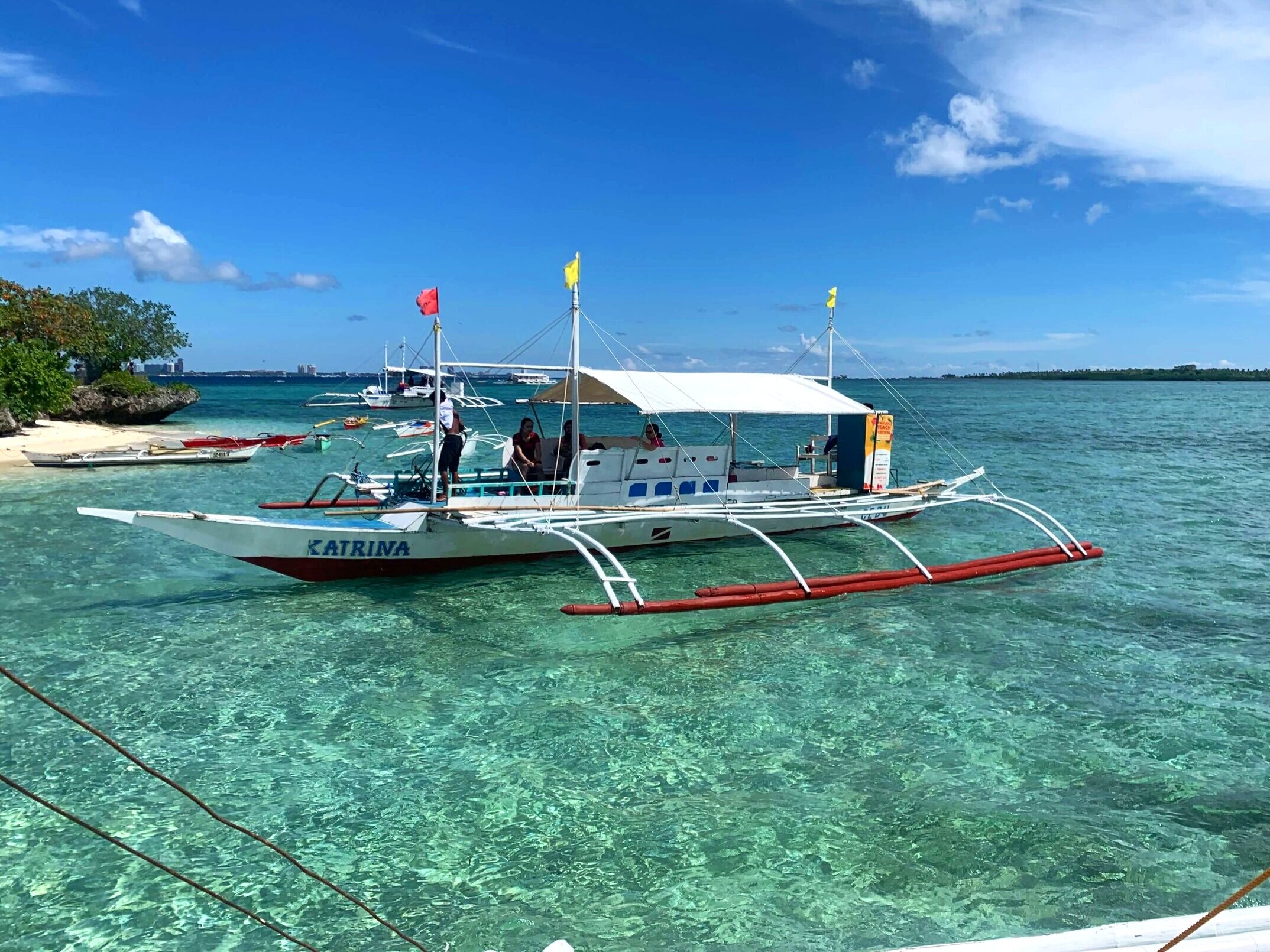
TRAVEL FILE
Getting There
Philippine Airlines (PAL) flies direct from Kuala Lumpur to Manila (four hours) and from here, there are several daily flights to Cebu (80 minutes). By taking this route, visitors can visit two exciting destinations on one holiday.
Tips
It is advisable to change Malaysian Ringgit into Filipino Peso in Malaysia prior to heading off on holidays as the rates are better here. Mactan Island is a tropical resort island that necessitates good sun protection – a wide-brimmed hat, suntan lotion, and sensible exposure to the sun.
Good Buys
“Don’t forget the dried mango!” will be what most travellers will hear from their friends when they learn they are heading off to Cebu. Yes, the mango products are widely available and cheap in Cebu and where most of Philippine’s dried mangoes originate. Handicrafts are also quite cheap and very well-crafted, so take a big empty bag when you head off from Kuala Lumpur.

"ExpatGo welcomes and encourages comments, input, and divergent opinions. However, we kindly request that you use suitable language in your comments, and refrain from any sort of personal attack, hate speech, or disparaging rhetoric. Comments not in line with this are subject to removal from the site. "

















